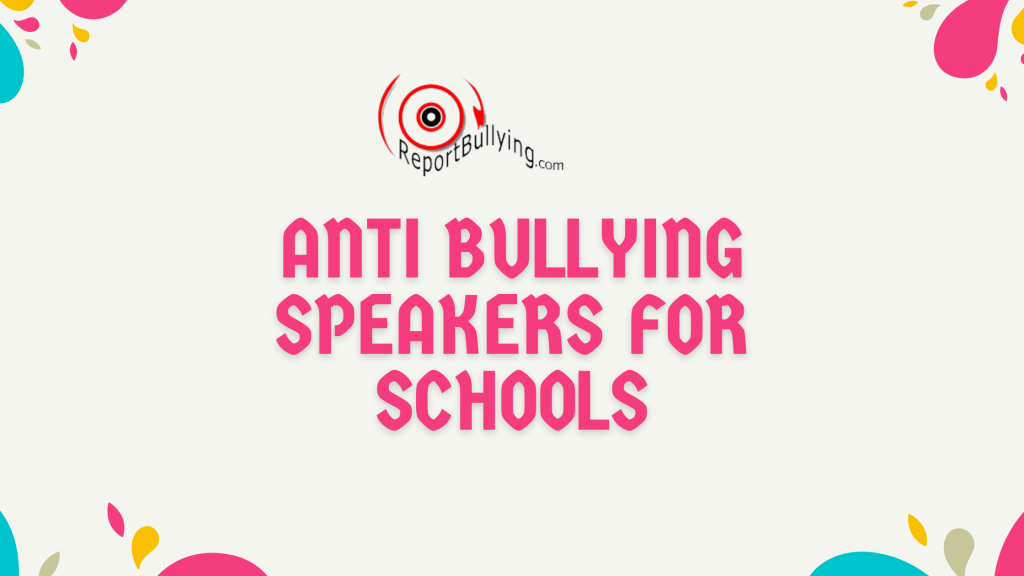Reportbullying.com Blog

Understanding and Addressing School Bullying
Bullying in schools is a pervasive issue that affects students’ mental, emotional, and physical well-being. It can take many forms, including physical aggression, verbal harassment, social exclusion, and cyberbullying. Understanding the dynamics of bullying and implementing effective strategies to combat it is crucial for creating a safe and supportive learning environment.
Types of Bullying
- Physical Bullying: This involves physical harm or threats, such as hitting, kicking, or pushing.
- Verbal Bullying: This includes name-calling, insults, and derogatory remarks.
- Social Bullying: Also known as relational bullying, it involves damaging someone’s social relationships or reputation, often through exclusion or spreading rumors.
- Cyberbullying: This occurs online or through digital devices, involving harmful messages, images, or videos.
Effects of Bullying
The impact of bullying can be profound and long-lasting. Victims may experience:
- Emotional Distress: Anxiety, depression, and low self-esteem.
- Academic Challenges: Difficulty concentrating, lower grades, and absenteeism.
- Physical Symptoms: Headaches, stomachaches, and other stress-related ailments.
- Social Withdrawal: Avoidance of social situations and isolation from peers.
Strategies to Combat Bullying
- Education and Awareness: Schools should educate students, staff, and parents about the signs of bullying and its effects. Awareness campaigns and workshops can help foster a culture of respect and empathy.
- Clear Policies and Procedures: Establishing and enforcing anti-bullying policies is essential. Students should know the consequences of bullying and feel confident that their concerns will be taken seriously.
- Support Systems: Providing support for both victims and perpetrators is crucial. Counseling services, peer support groups, and mentoring programs can help address underlying issues and promote positive behavior.
- Encouraging Bystander Intervention: Empowering students to speak up and intervene when they witness bullying can significantly reduce incidents. Bystanders can play a key role in stopping bullying and supporting victims.
- Promoting a Positive School Climate: Creating an inclusive and supportive school environment where diversity is celebrated and all students feel valued can reduce the prevalence of bullying.
Conclusion
Addressing school bullying requires a comprehensive and collaborative approach. By educating the school community, implementing clear policies, providing support, and fostering a positive environment, we can work towards eliminating bullying and ensuring that all students have the opportunity to learn and grow in a safe and nurturing setting.
What are your thoughts on these strategies? Do you have any specific experiences or ideas you’d like to share?

